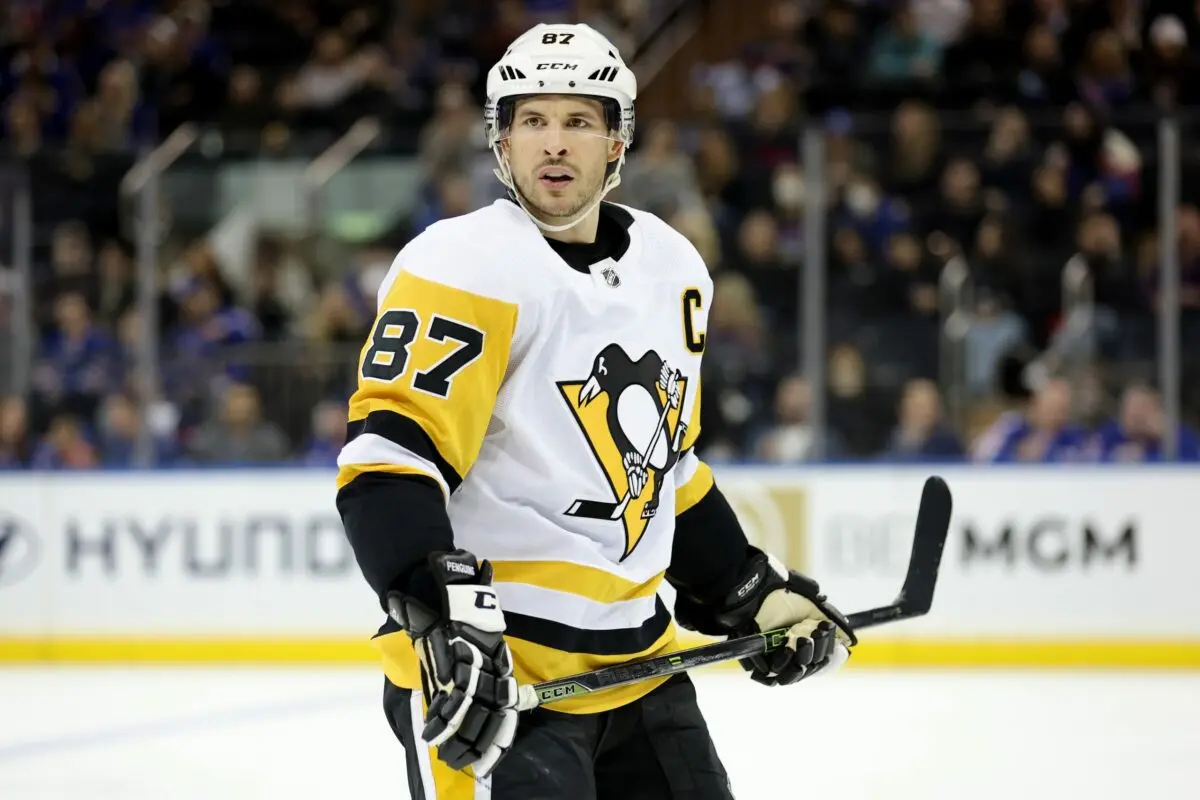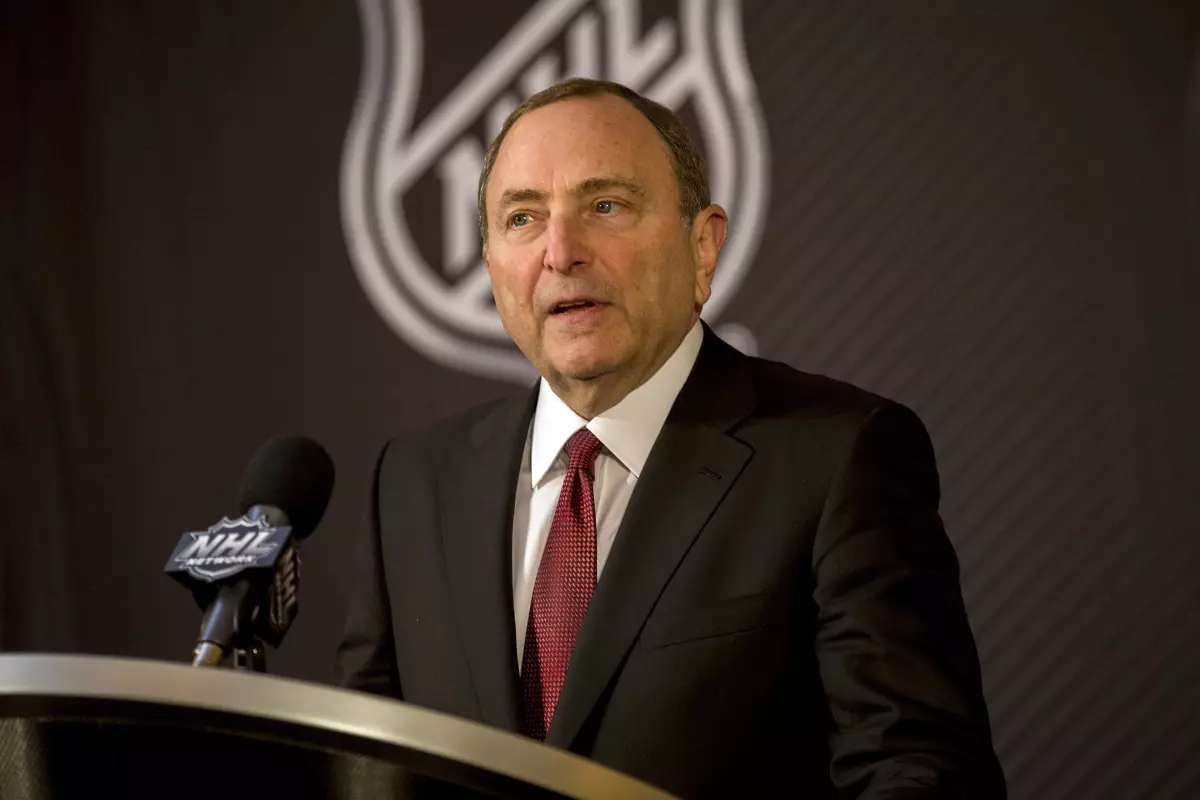In 2016 Sidney Crosby, one of the top stars in professional hockey, was benched indefinitely after being diagnosed with his third concussion. This injury puts the season, and possibly his career, at risk for the Pittsburgh Penguins’ captain and former MVP.
Hockey is a fast-paced and intense sport where players face the risk of head-first checks into boards, hard falls onto the ice, or even punches to the head. Big hits in hockey can be as thrilling and sometimes unsettling as those in football.
The National Hockey League announced it will introduce new concussion protocols to protect players. Certified athletic trainers will act as spotters for potential concussions, both at games and remotely at NHL headquarters in New York.
If a spotter identifies signs of a concussion, they can instruct teams to remove the player from the game. Players can only return if the team’s medical staff clears them. Teams that do not follow these instructions will face sanctions and fines.
Before these new protocols, it was up to the teams and their medical staff to decide whether a player could return to the ice. If a player showed signs of a concussion, they were taken off the ice and examined in the locker room.
This process created a potential conflict of interest, as teams might choose to ignore concussion signs to keep a player in the game. Players could also lie to stay on the ice, as former Columbus Blue Jackets defenseman James Wisniewski shared with The Columbus Dispatch:
“I said my back hurt so I didn’t have to do the 20-minute protocol and go through that whole concussion process… A lot of guys were playing through things… That’s playoff hockey. It’s survival of the fittest.”
Repeated head hits in hockey can lead to brain injuries like chronic traumatic encephalopathy (CTE), a disease that causes suicidal thoughts and erratic behavior. But unlike the NFL, which has been widely criticized for mishandling concussions, the NHL does not acknowledge the link between concussions and CTE.
Earlier this year, Senator Richard Blumenthal from Connecticut asked the NHL about its stance on the connection between concussions and CTE. In response, NHL Commissioner Gary Bettman said in July:

“The science regarding C.T.E., including on the asserted ‘link’ to concussions that you reference, remains nascent, particularly with respect to what causes C.T.E. and whether it can be diagnosed by specific clinical symptoms… The relationship between concussions and the asserted clinical symptoms of C.T.E. remains unknown.”
On Monday, four members of the House Energy and Commerce Committee sent Bettman a letter asking follow-up questions, referencing scientific studies that challenge Bettman’s statements.
More than 100 former athletes are suing the NHL, claiming the league failed to properly inform them about the dangers of concussions and brain injuries like CTE. One of those players, Dennis Vaske, retired at just 31 after several concussions. He shared his experience with ESPN:
“On Nov. 22, 1995, while retrieving a puck in my own end, I was driven into the end boards by Eric Lacroix of the Los Angeles Kings. My helmet came up, exposing my head as I crashed into the dasher boards. Blood stained the ice in a great pool and leaked into my skull… I was out.”
Vaske now suffers from severe headaches and emotional struggles, common side effects of brain injuries. At least six former professional hockey players were diagnosed with CTE after their deaths.
While fewer former hockey players have been diagnosed with CTE compared to football, where over 100 former players have been diagnosed, athletes in both sports face the risk of head injuries. A 2011 study in the Canadian Medical Association Journal found that from 1997 to 2004, players in hockey sustained 559 concussions during the regular season, averaging 5.8 concussions per 100 players.
In recent years, the league has tried to reduce harmful hits during games, including banning blindside hits to the head and checks that send players head-first into the boards. Bettman even stated in 2011, “We celebrate the big hit, we don’t like the big head hit.”
Hockey culture has evolved, with fewer so-called “enforcers” on the ice. These players, who focused on toughness and delivering big hits or fighting, have decreased in number. As a result, the number of fights in the league has dropped sharply. In the 2001-02 season, there were 803 fights in 42% of games, according to hockeyfights.com. Last season, there were just 344 fights in 23% of games.
However, the issue of concussions in hockey is still a significant problem. The Pittsburgh Penguins are acutely aware of this, as their captain, Crosby, will be absent for their season opener against the Washington Capitals on Thursday.
